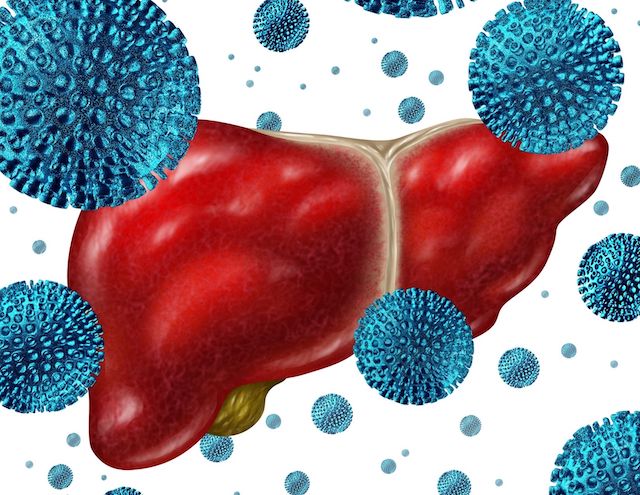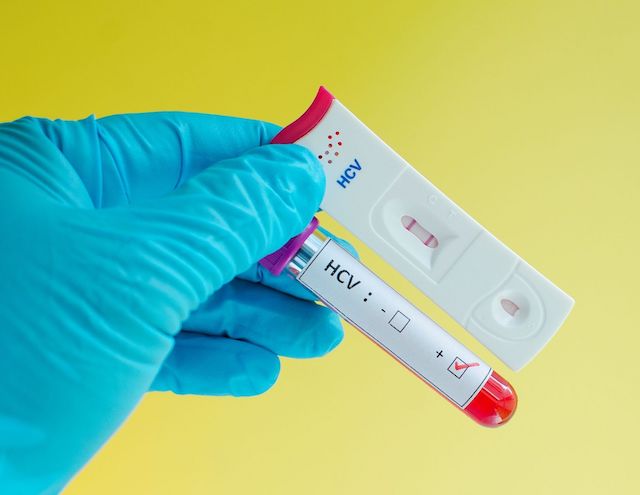Hepatitis C
During the 1960s, ’70s and ’80s a little understood virus was spreading rapidly through mostly young adults. The source was the blood-to-blood transmission associated with sharing dirty needles.
This was a time when health care providers sterilized and reused syringes and needles.
Transmission was also through the blood supply, since blood donations were not tested for Hepatitis C until the ’80s.
For those who contracted Hepatitis C, most had relatively few complications and seemed to recover.

What we now know is that about 30% of those who contract Hepatitis C will fully recover. The remaining 70% retain the virus as a Chronic Hepatitis C with slowly developing liver inflammation that can become scarring that is called cirrhosis. Over time, this Hepatitis C-driven cirrhosis can become cancer.
Statistically, the good news is that only 20% of those with chronic Hepatitis C will develop cirrhosis and of those, only 20% will go on to develop liver cancer. And for those who do develop HEPC cancer, it occurs 20, 30 or 40 years after the patient contracted Hepatitis C. That means that 4% of those with chronic Hepatitis C will develop liver cancer.

Testing & Prevention
Adults in their 50s and 60s should request a Hepatitis C titer screening when they go for a physical. This alerts patients and health providers about the potential for liver complications and can start treatment to cure the Hepatitis C.
Prevention is to eliminate chances of exposure from shared needles and to be screened regularly for Hepatitis C and treated for it if you have it.
Treatment
Treatment for those who develop HEP Cancer includes the possibility of surgically removing smaller tumors, using implanted radiation beads to shrink larger growths before removal or possibly a liver transplant if the disease is advanced. It is important to remember that if Hepatitis C has not been cured at the time of a transplant, the newly implanted liver will also develop Hepatitis C and has the potential to progress again over the following 10- 15 years.
